Leg 2: exploring the Mid-Cayman Spreading Center
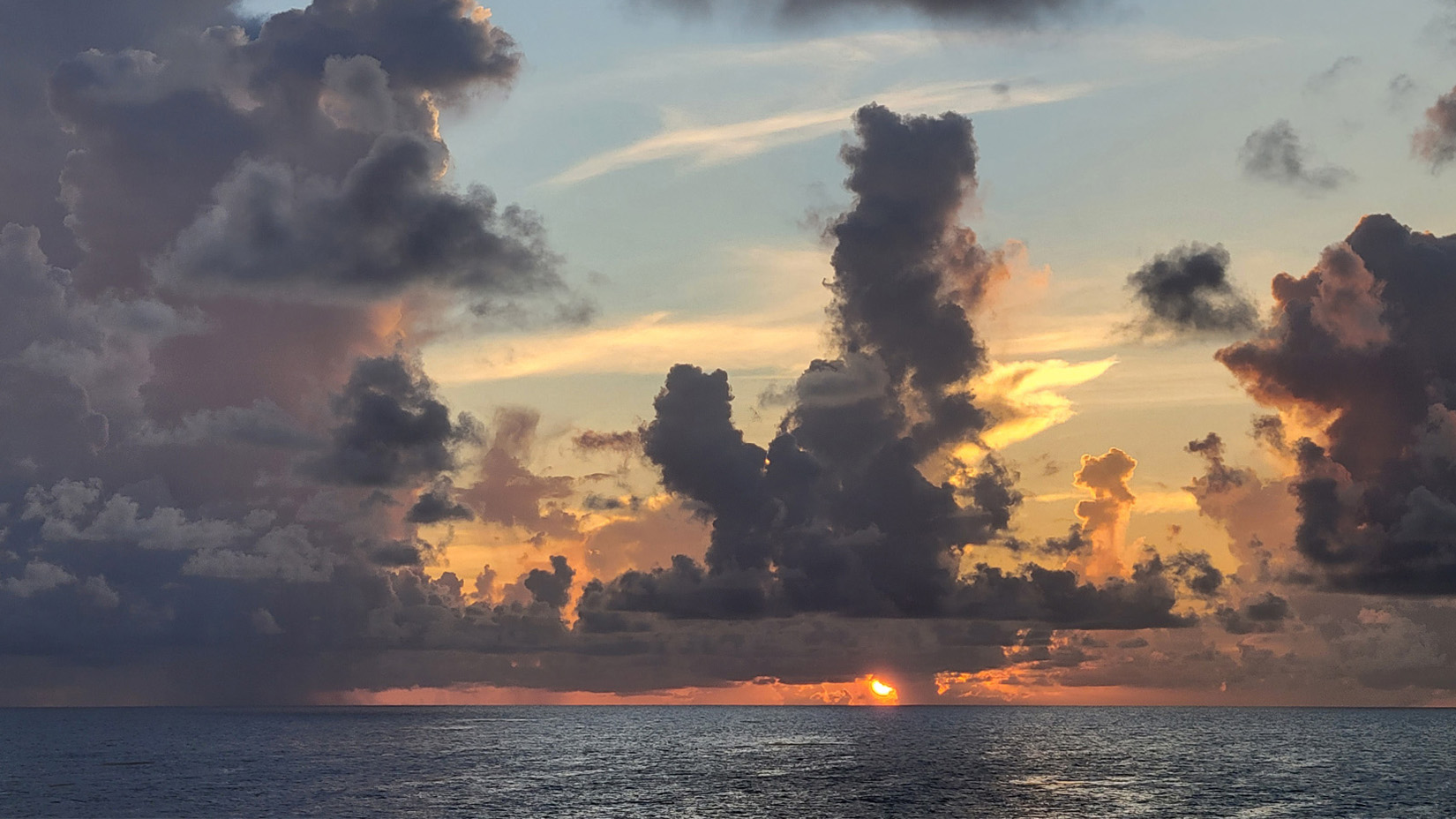
Editor’s note
JCVI Staff Scientist Erin Garza, Ph.D., was selected to embark on a unique research expedition aboard the HOV Alvin submersible, a crewed deep-ocean research vessel owned by the United States Navy and operated by the Woods Hole Oceanographic Institution, that has brought explorers to extraordinary places for more than 50 years.
During the deep-sea expedition, she will be collecting plastic samples from the bottom of the ocean and analyzing them using scanning electron microscopy (SEM), metagenomics, and metatransciptomics to learn about potential microbial plastic degradation. These techniques will enable the identification of organisms that are present and what genes the organisms are actively expressing. These data will help provide an indication as to what metabolic pathways may be breaking down the plastic with the eventual goal of engineering microbes to safely and efficiently degrade plastics at large scale recycling facilities.
The second half of our expedition is taking place in the Mid-Cayman Spreading Center, a 110 km long site with a divergent plate boundary. In other words, there are two tectonic plates that are moving away from each other, which means that there are volcanic features throughout the site. Our goal is to explore the two known hydrothermal vent sites, Von Damm and Beebe, and look for a third possible venting location.
Everyone is excited to dive in the spreading center since it will be a completely different environment compared to the somewhat barren sea floor of the Puerto Rico Trench. These will also be more technical dives for the Alvin pilots since they will need to navigate around sulfide mounds, tall chimney spires, methane seeps, and vents spewing superheated water over 300°C.
At 4,966 meters below the ocean surface, the Beebe vent field is currently the deepest known hydrothermal vent site. Beebe is made up of notable locations like Beebe Woods, characterized by tall chimneys with “beehive” like deposits, and shrimp gulley, which is a hole filled with 45°C water, and you guessed it, lots of shrimp.
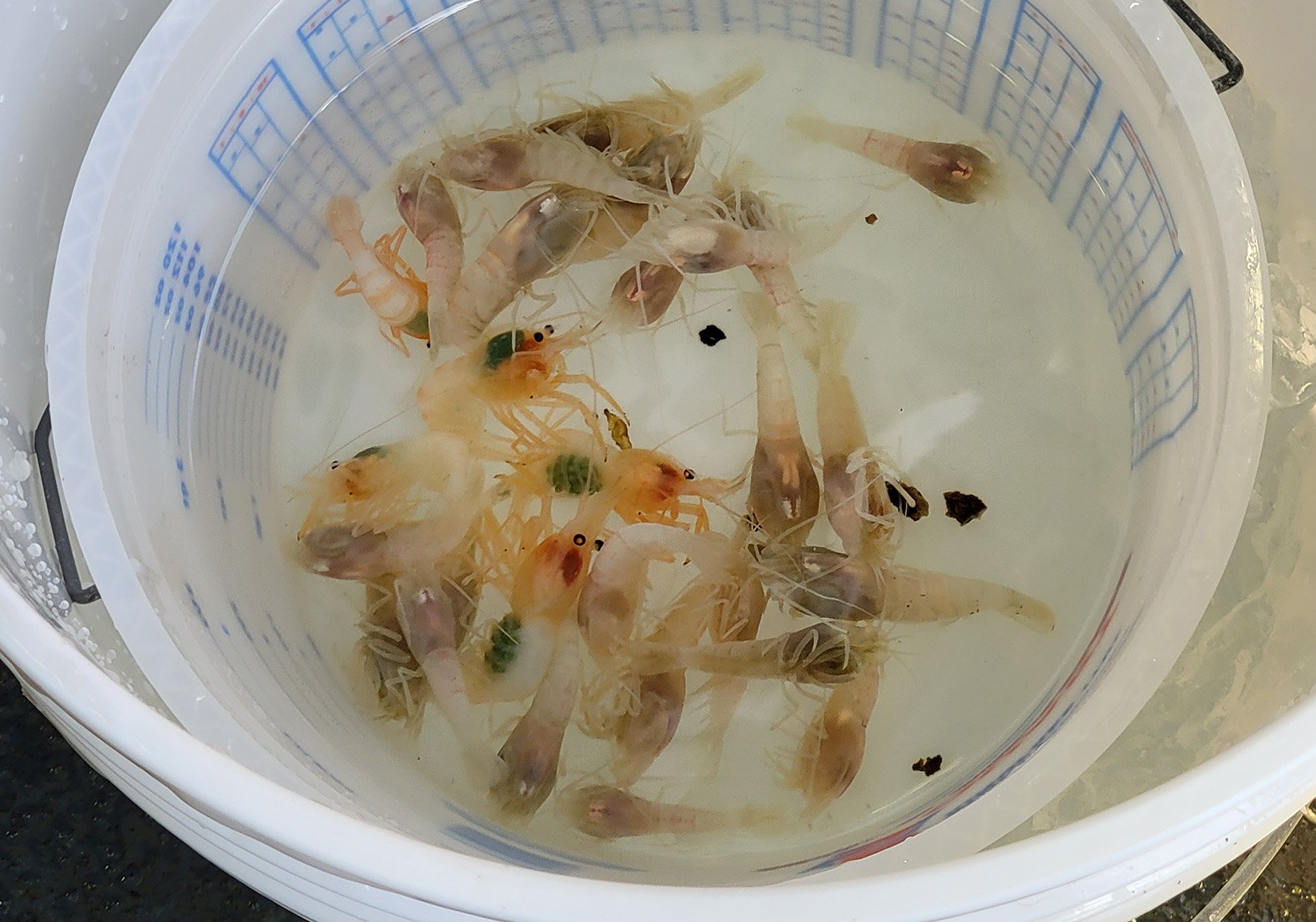
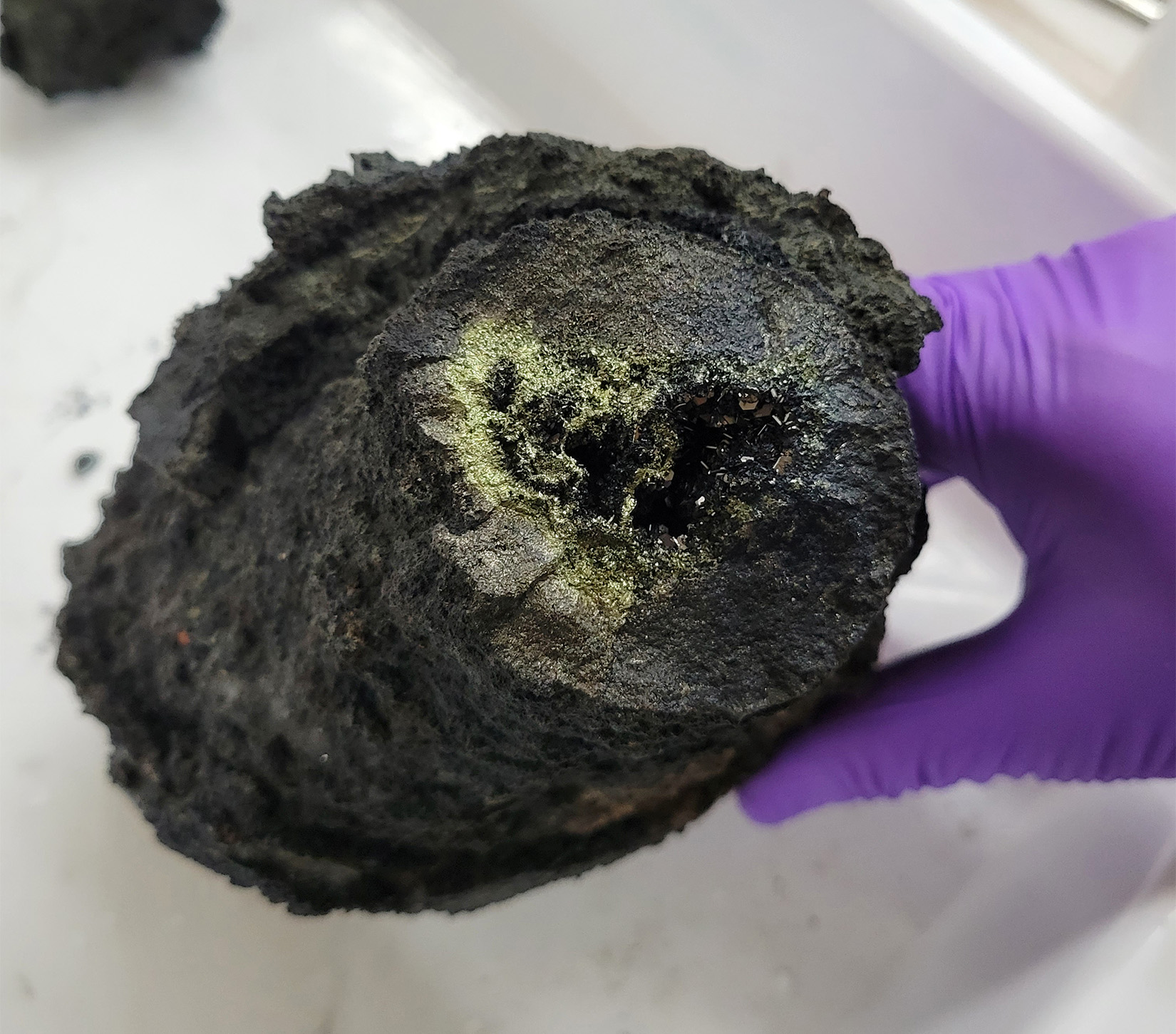
Dives at these locations resulted in the collection of plume water, handfuls of Rimicaris shrimp, and chimney samples. The chimney pieces are especially beautiful as they are made up of iron rich deposits that are black and glittery from all the pyrite that has crystallized throughout the structure, but as the chimneys are exposed to air in the lab, they start to turn dark brown as the iron oxidizes.
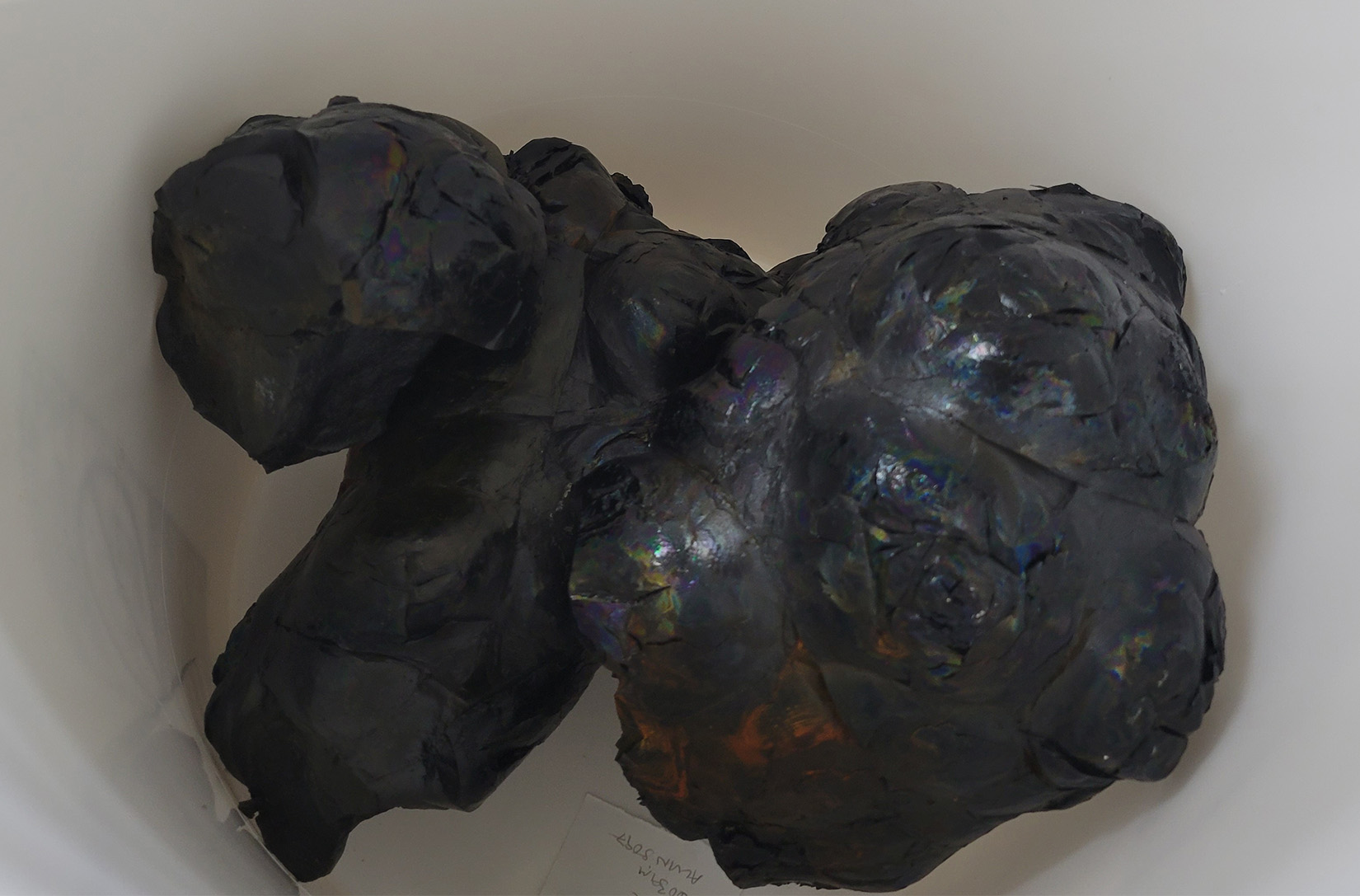
While the Von Damm site was an excellent source for collecting and observing tube worms, squat lobsters, more shrimp, and eelpouts, the exploratory dives yielded some of the more exciting and unexpected samples of the expedition. Upon arriving on the sea floor, scientists Ken Rubin (University of Hawaii) and Mackenzie Gerringer (SUNY-Geneseo) discovered a newly formed and undocumented pillow lava field. The lava fragments that were collected look like glassy chucks of iridescent clouds, which will now need to be dated to determine how old the lava field is.
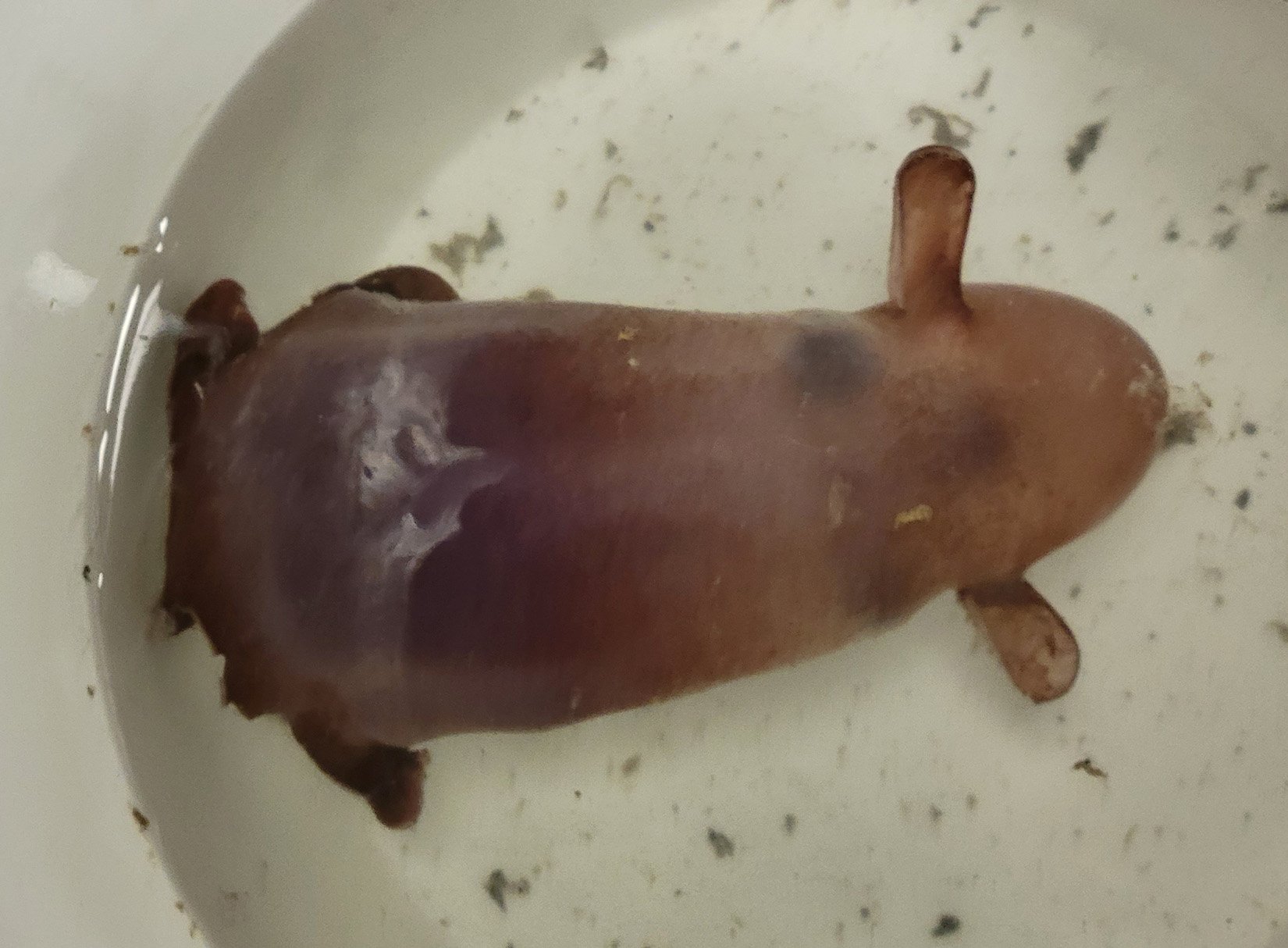
A purple dumbo octopus was also collected at this site thanks to Alvin pilot Danik Forsman. A DNA sample was collected from this elusive octopus for genome sequencing to determine if it is a new species. With all of the various samples and specimens that have accumulated in the labs from each of the dives, it feels like I am walking through a natural history museum.
Before I know it, we have wrapped up our dives at Mid-Cayman and are completing as many last-minute experiments as possible during our 3-day transit back to the United States. While I am sad that the expedition has flown by and I am going to be going home soon, I reflect back at my time at sea and realize that with 14 completed dives, clear weather despite it being hurricane season, and no accidents or major setbacks our cruise has been a resounding success. I am excited to see what comes of all of the incredible research that was completed, and to work with all of my newfound colleagues in the future.
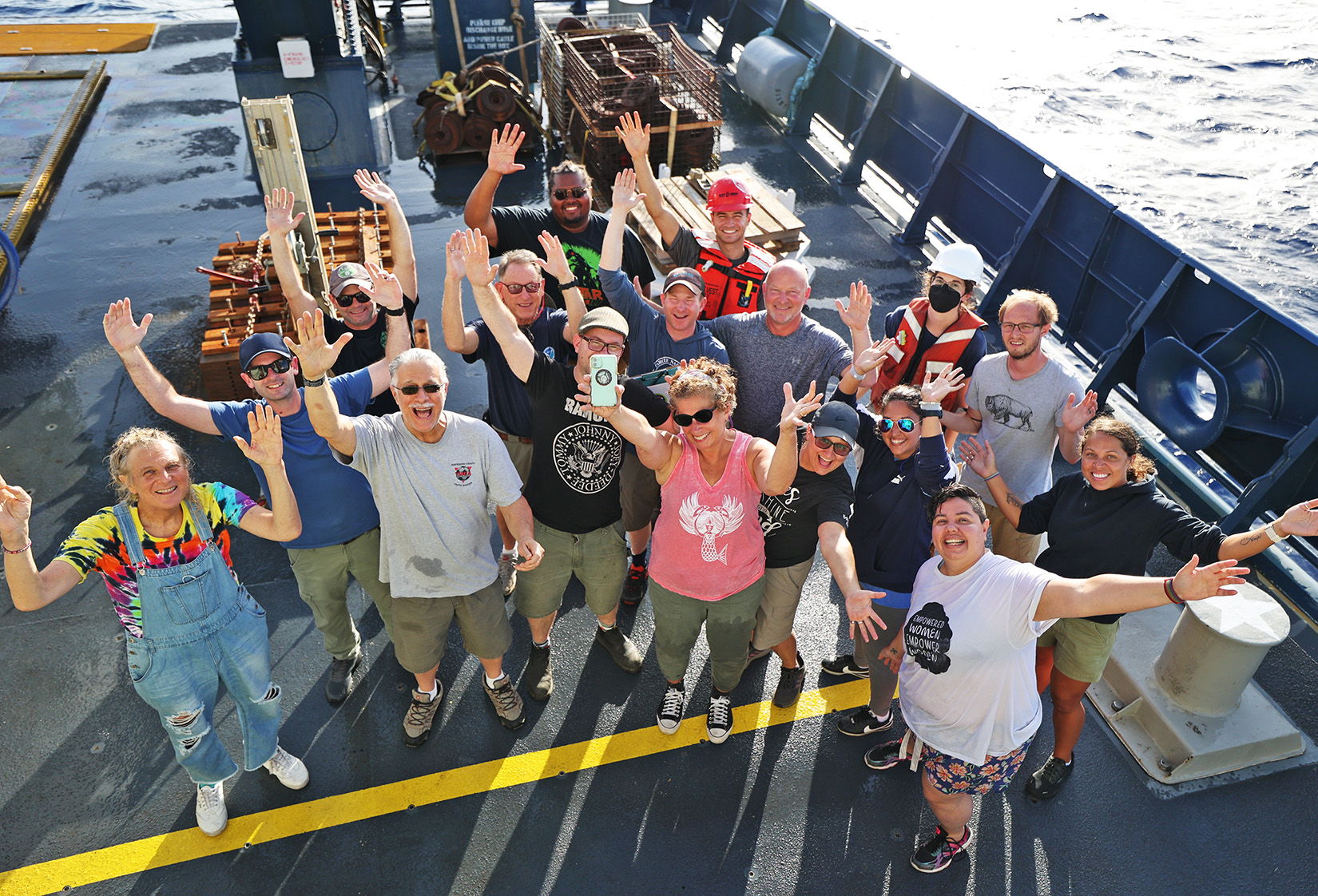
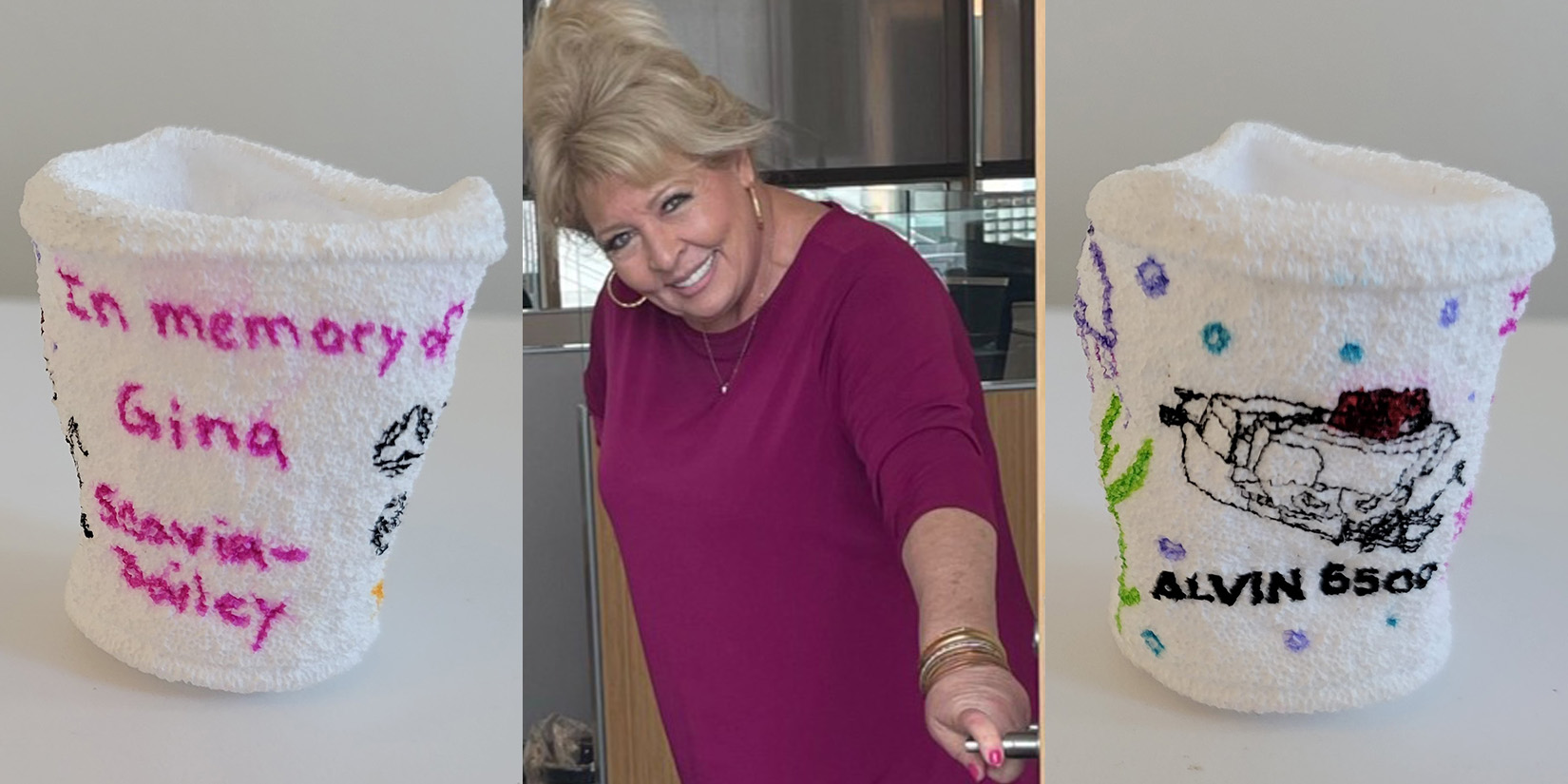
I am thankful to the Atlantis crew and the Alvin team for all their hard work throughout the expedition. Without them we would not have had the success that we did. I also want to thank Woods Hole Oceanographic Institute for giving us the opportunity to dive in the Alvin, and NSF for funding this amazing expedition.
Finally, I want to acknowledge a former colleague, the late Gina Scavia-Bailey who worked at JCVI La Jolla for many years and suddenly passed away March 5, 2022. Gina was so excited about my expedition that in the months leading up to it, she would frequently ask me for updates when I would come in to work in the morning. Thank you, Gina, for all your encouragement. I dedicate my dive to you.